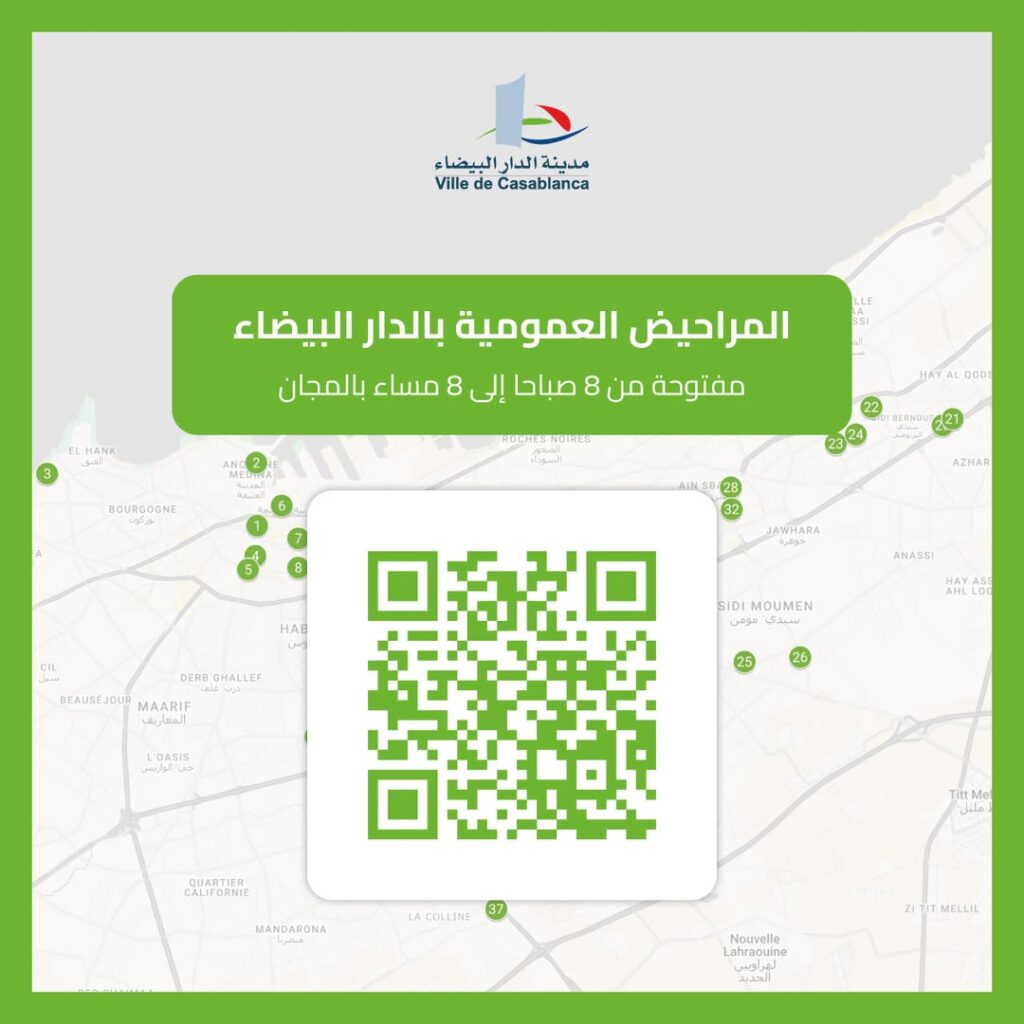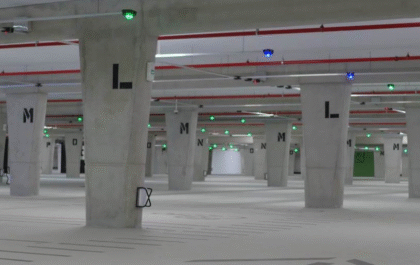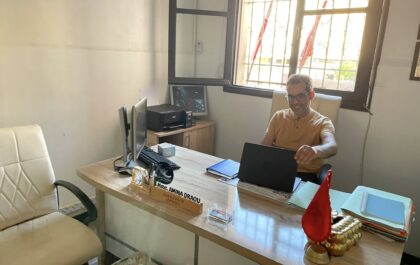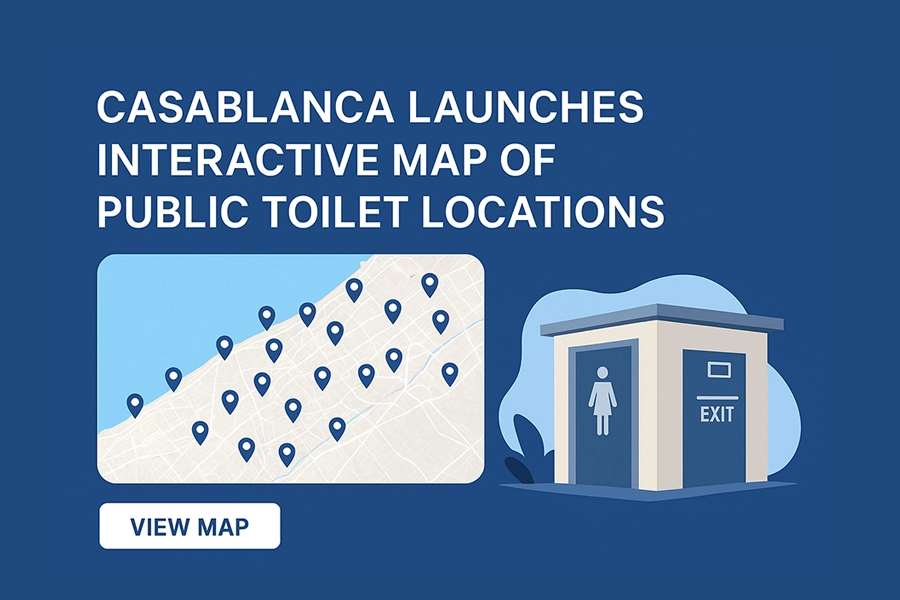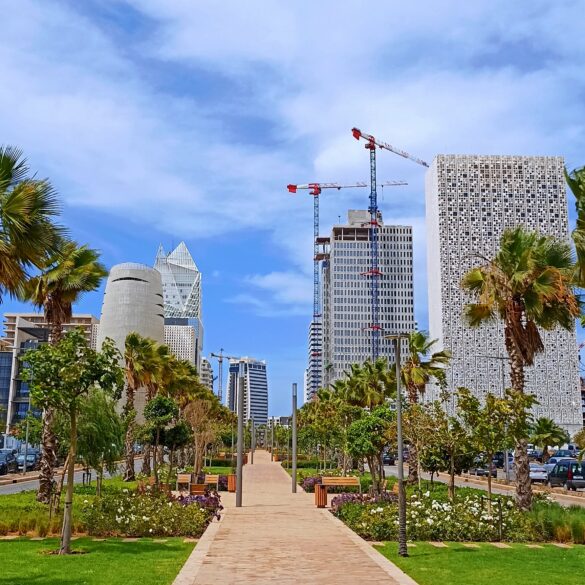Casablanca has unveiled a new interactive map that shows the locations of public toilets across the city—part of the municipality’s drive to improve urban services, hygiene, and accessibility.

✅ What’s the Project?
- The platform currently lists 40 public toilets that are operational throughout Casablanca’s neighborhoods.
- These restrooms are free of charge and located in high-traffic areas: squares, big parks, train stations, gardens, and other public places.
- The project was officially launched on September 1, 2025 after a pilot phase to ensure hygiene, safety, and durability standards.
🛠️ Features & Standards
- The restrooms are built according to international standards: separate cabins for men and women, accessible for people with reduced mobility, proper ventilation, lighting, and video surveillance for safety.
- Maintenance is ongoing, with regular cleaning and disinfection to ensure hygienic conditions.
- They are generally open from 8:00 AM to 8:00 PM, with extended hours (until 10 PM) during summer months.
🌐 Why It Matters
- This initiative responds to a common complaint in many large cities: lack of public toilets, especially in busy and tourist-heavy areas. Having visible, clean, accessible restrooms is essential for dignity, health, and improving daily life.
- The map not only helps residents and visitors locate restroom facilities more easily, but it makes public services more transparent and accountable.
- It also supports inclusivity: handicapped access, child-friendly designs, security features—all are part of the design.
🔮 What’s Next?
- The plan is to eventually have 60 public toilet blocks around the city. Some are already installed; others are under construction or awaiting connection to utilities like water, electricity, and sewage.
- The municipality is using advertising panels on the façades of these toilets to help cover maintenance costs and ensure the sustainability of the service.
Casablanca’s new public toilets map is more than a convenience—it’s a sign of a city working to modernize its public infrastructure, enhance quality of life, and ensure dignity for all citizens and visitors.
View map:
